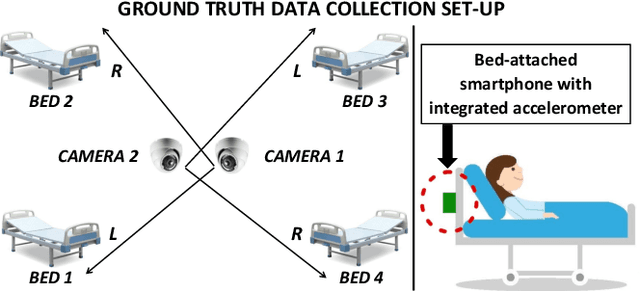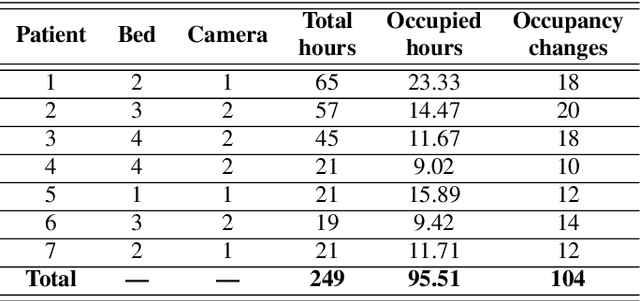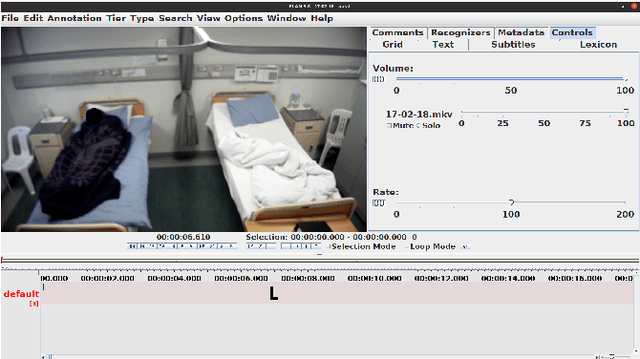Accelerometer-based Bed Occupancy Detection for Automatic, Non-invasive Long-term Cough Monitoring
Paper and Code
Feb 08, 2022



We present a machine learning based long-term cough monitoring system by detecting patient's bed occupancy from a bed-attached smartphone-inbuilt accelerometer automatically. Previously this system was used to detect cough events successfully and long-term cough monitoring requires bed occupancy detection, as the initial experiments show that patients leave their bed very often for long period of time and using video-monitoring or pressure sensors are not patient-favourite alternatives. We have compiled a 249-hour dataset of manually-labelled acceleration signals gathered from seven adult male patients undergoing treatment for tuberculosis (TB). The bed occupancy detection process consists of three detectors, among which the first one classifies occupancy-change with high sensitivity, low specificity and the second one classifies occupancy-interval with high specificity, low sensitivity. The final state detector corrects the miss-classified sections. After using a leave-one-patient-out cross-validation scheme to train and evaluate four classifiers such as LR, MLP, CNN and LSTM; LSTM produces the highest area under the curve (AUC) of 0.94 while comparing the predicted bed occupancy as the output from the final state detector with the actual bed occupancy sample by sample. We have also calculated colony forming unit and time to positivity of the sputum samples of TB positive patients who were monitored for 14 days and the proposed system was used to predict daily cough rates. The results show that patients who improve under TB treatment have decreasing daily cough rates, indicating the proposed automatic, quick, non-invasive, non-intrusive, cost-effective long-term cough monitoring system can be extremely useful in monitoring patients' recovery rate.
 Add to Chrome
Add to Chrome Add to Firefox
Add to Firefox Add to Edge
Add to Edge